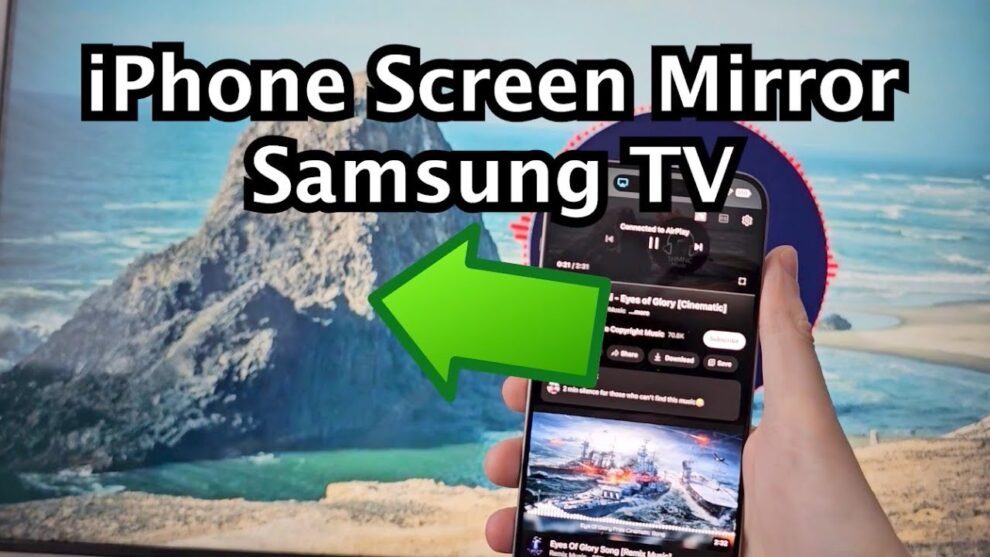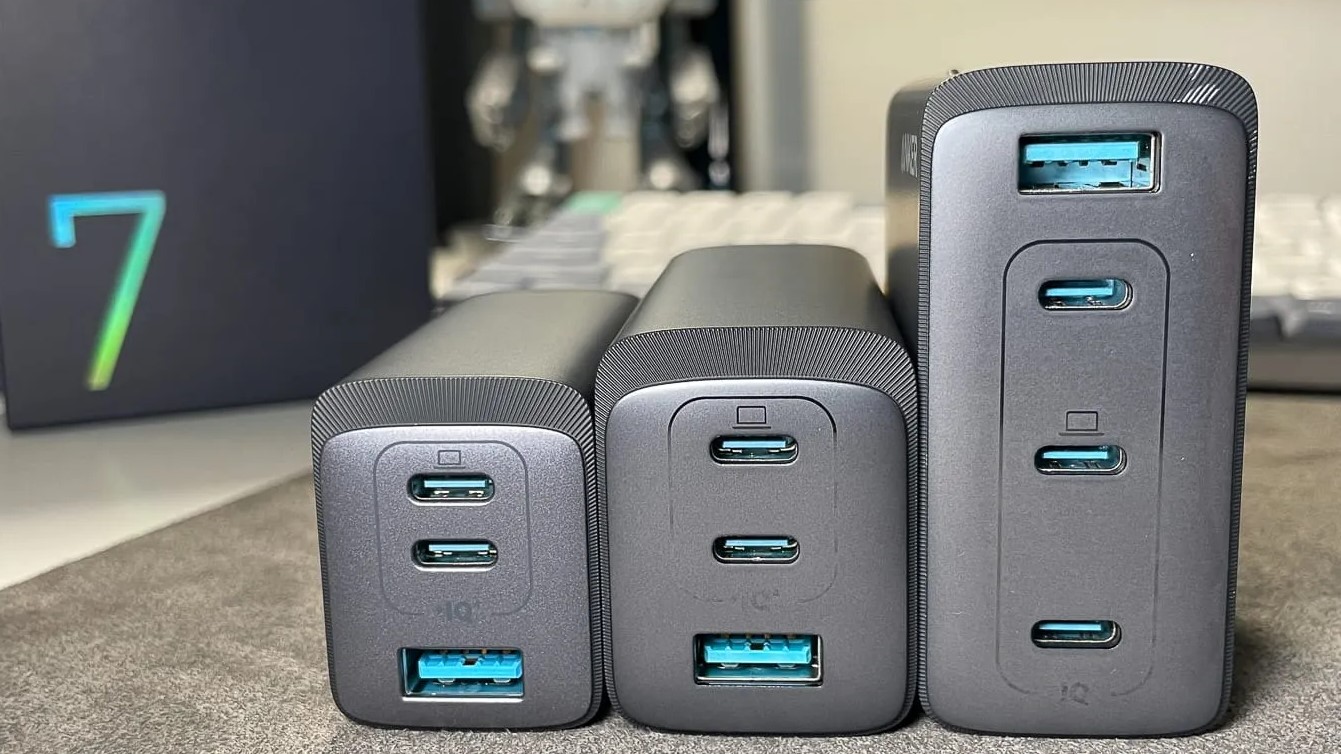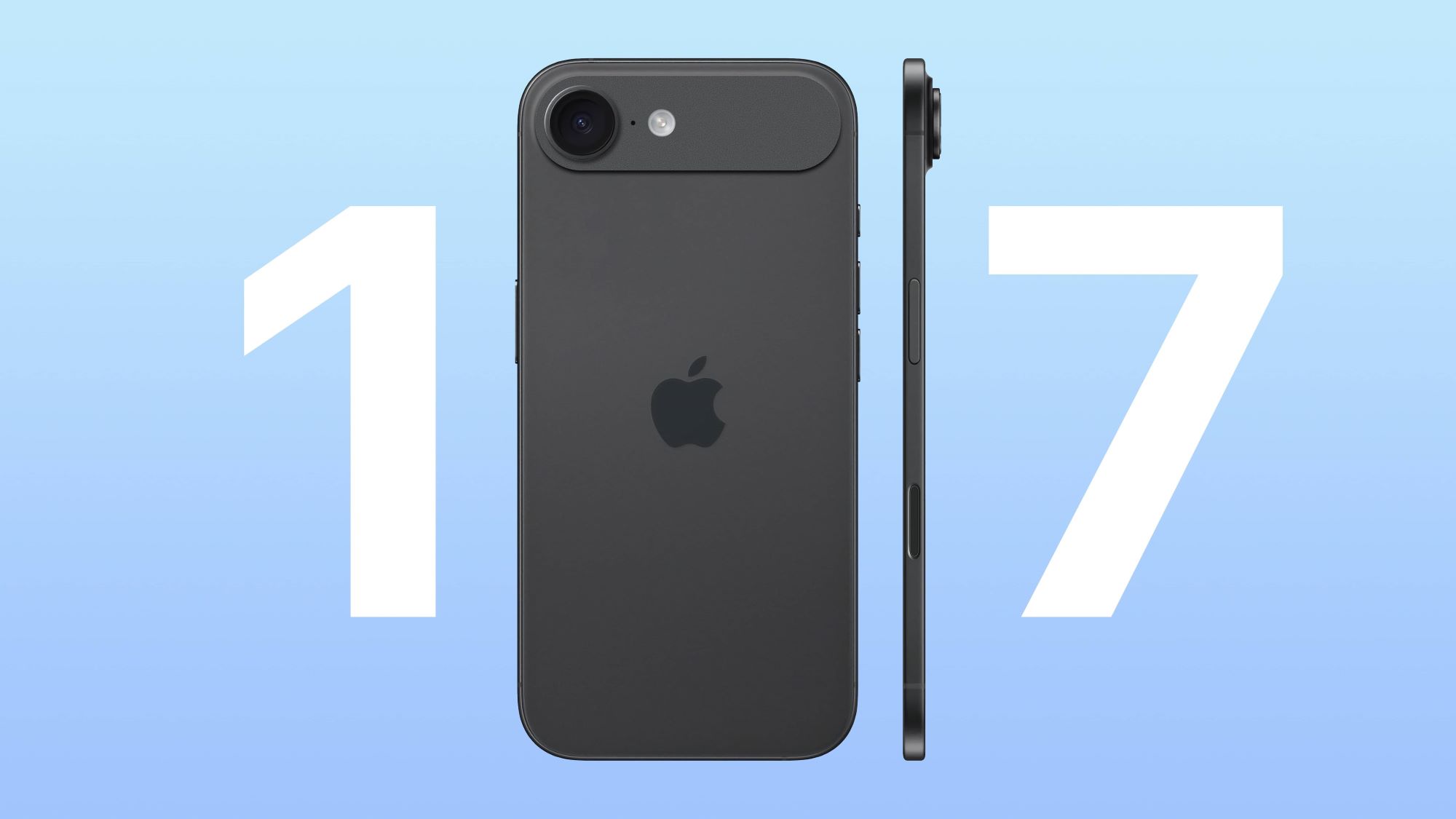Whether you’re trying to show off some vacation photos, stream a video for friends, or maybe just enjoy your favorite app on a bigger screen, mirroring your iPhone to a Samsung TV can be surprisingly simple. Despite Apple and Samsung running in different ecosystems, newer Samsung Smart TVs often play quite nicely with iPhones.
Here’s a look at the most reliable ways to get your iPhone screen up on that big screen.
- Using AirPlay 2 (Best for Newer Samsung TVs)
If you’ve got a Samsung Smart TV from 2018 or later, chances are it supports AirPlay 2. This is the easiest, most seamless option.
You’ll Need:
- A Samsung TV that supports AirPlay 2 (double-check your manual or Samsung’s site if unsure).
- Your iPhone (running iOS 12.3 or newer).
- Both devices connected to the same Wi-Fi network.
How to Use AirPlay 2:
- On your TV:
- Go to Settings > General > Apple AirPlay Settings.
- Make sure AirPlay is turned on.
- Optional: set “Require Code” to “First Time Only” or “Every Time” for added security.
- On your iPhone:
- Open Control Center (swipe down from the top-right on Face ID models, up from the bottom on others).
- Tap the Screen Mirroring icon.
- Select your Samsung TV from the list.
- If prompted:
- A four-digit code will appear on your TV. Enter it on your iPhone.
- Your iPhone screen should now be mirrored to your TV.
To stop mirroring:
- Go back to Control Center, tap the Screen Mirroring icon again, then tap “Stop Mirroring.”
To cast only a photo or video (not your whole screen):
- Open the Photos app (or any AirPlay-compatible app).
- Pick what you want to cast.
- Tap the Share icon > AirPlay icon > choose your Samsung TV.
- Using Third-Party Screen Mirroring Apps
If AirPlay isn’t an option—maybe your TV’s a bit older—third-party apps are a handy workaround. They usually work over Wi-Fi too.
A few popular ones:
- “Screen Mirroring for Samsung TV” (by iStreamer)
- “Replica: Screen Mirror Link”
- “TV Cast for Samsung TV”
How it generally works:
- Download a trusted screen mirroring app from the App Store.
- Open the app. It should scan for nearby TVs.
- Select your Samsung TV.
- Follow the app’s instructions. This may involve enabling settings on your TV or launching a companion app.
- Tap “Start Mirroring” or a similar button in the app.
Things to keep in mind:
- Free versions may show ads or limit session time.
- Lag is possible, especially if your Wi-Fi isn’t strong.
- Security: Stick to well-reviewed apps from known developers.
- Using a Wired HDMI Adapter
Sometimes, the old-fashioned way just works best. If you’re dealing with a non-smart TV or just want zero lag, a wired connection is the way to go.
What you’ll need:
- A Lightning Digital AV Adapter (official Apple or MFi-certified is best).
- An HDMI cable.
- A spare HDMI port on your Samsung TV.
Steps:
- Plug the HDMI cable into the adapter.
- Plug the adapter into your iPhone.
- Connect the other end of the HDMI cable to your TV.
- On your TV, switch to the correct HDMI input (use your remote’s Source/Input button).
- Your iPhone screen should now appear on your TV. You can also charge your phone via the adapter’s extra port.
Why go wired?
- It’s stable and doesn’t depend on Wi-Fi.
- Usually gives you crisp 1080p resolution and solid audio.
Troubleshooting Tips
- Wi-Fi Check: Make sure both devices are on the same network.
- Restart Devices: A quick reboot can solve minor hiccups.
- Update Software: Check for the latest iOS and Samsung TV firmware.
- Disable VPNs: These can sometimes block local connections.
- Revisit AirPlay Settings: On your TV, confirm AirPlay is enabled and settings are correct.
Getting your iPhone content onto a Samsung TV is easier than it used to be. Whether you’re using AirPlay 2, trying out a third-party app, or going the wired route, each method has its perks. Choose the one that fits your setup, and enjoy the big-screen experience.




